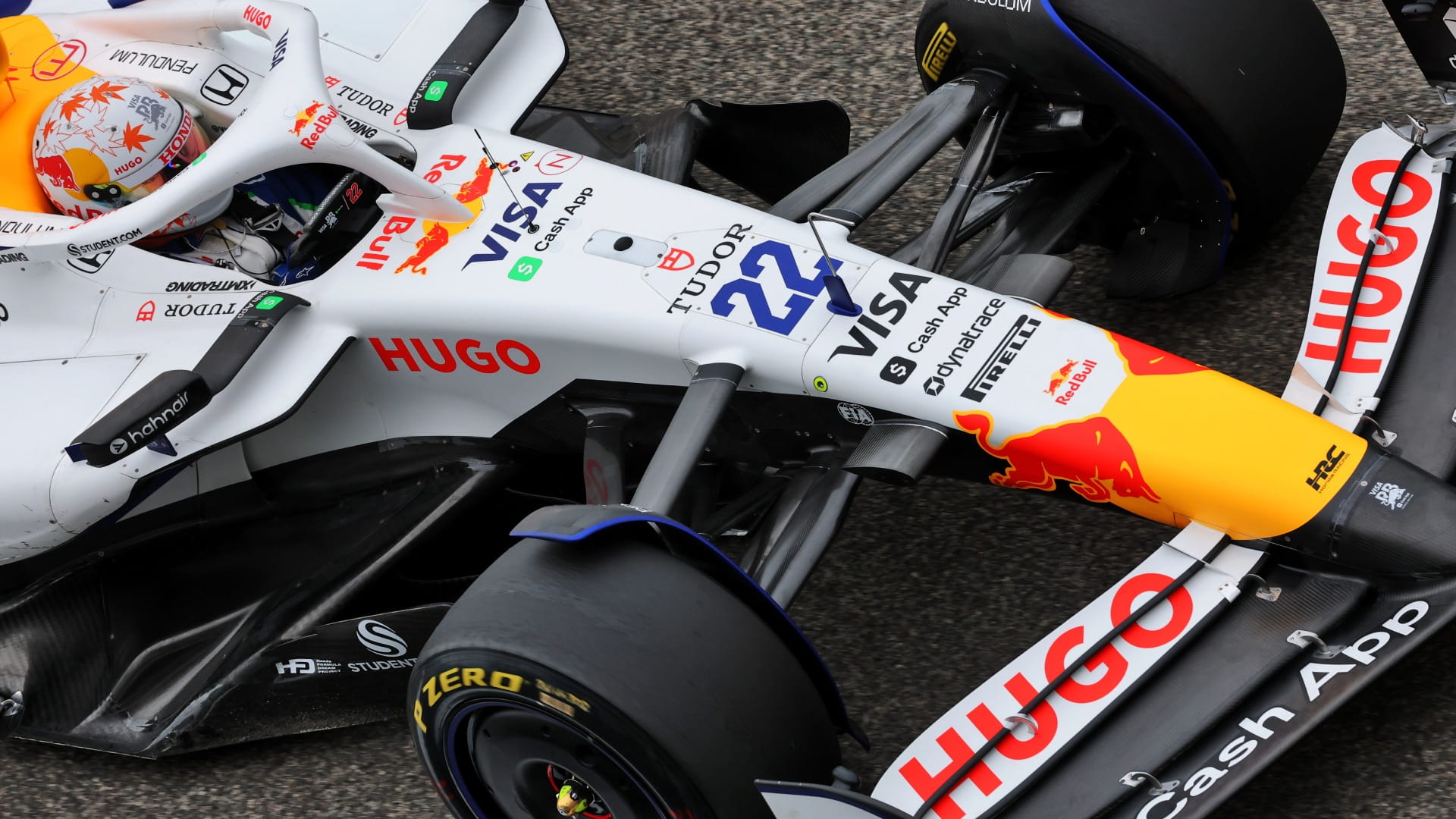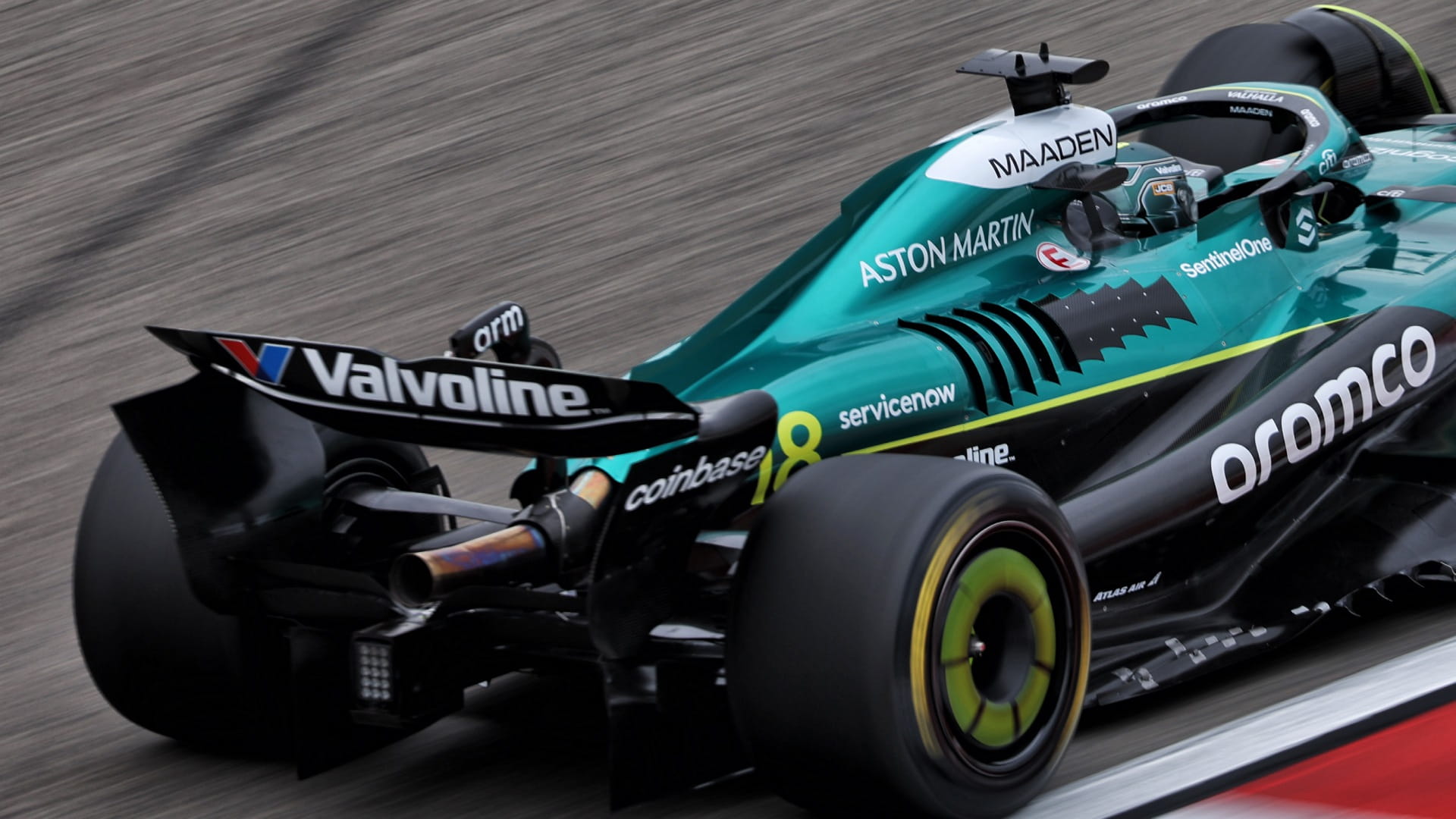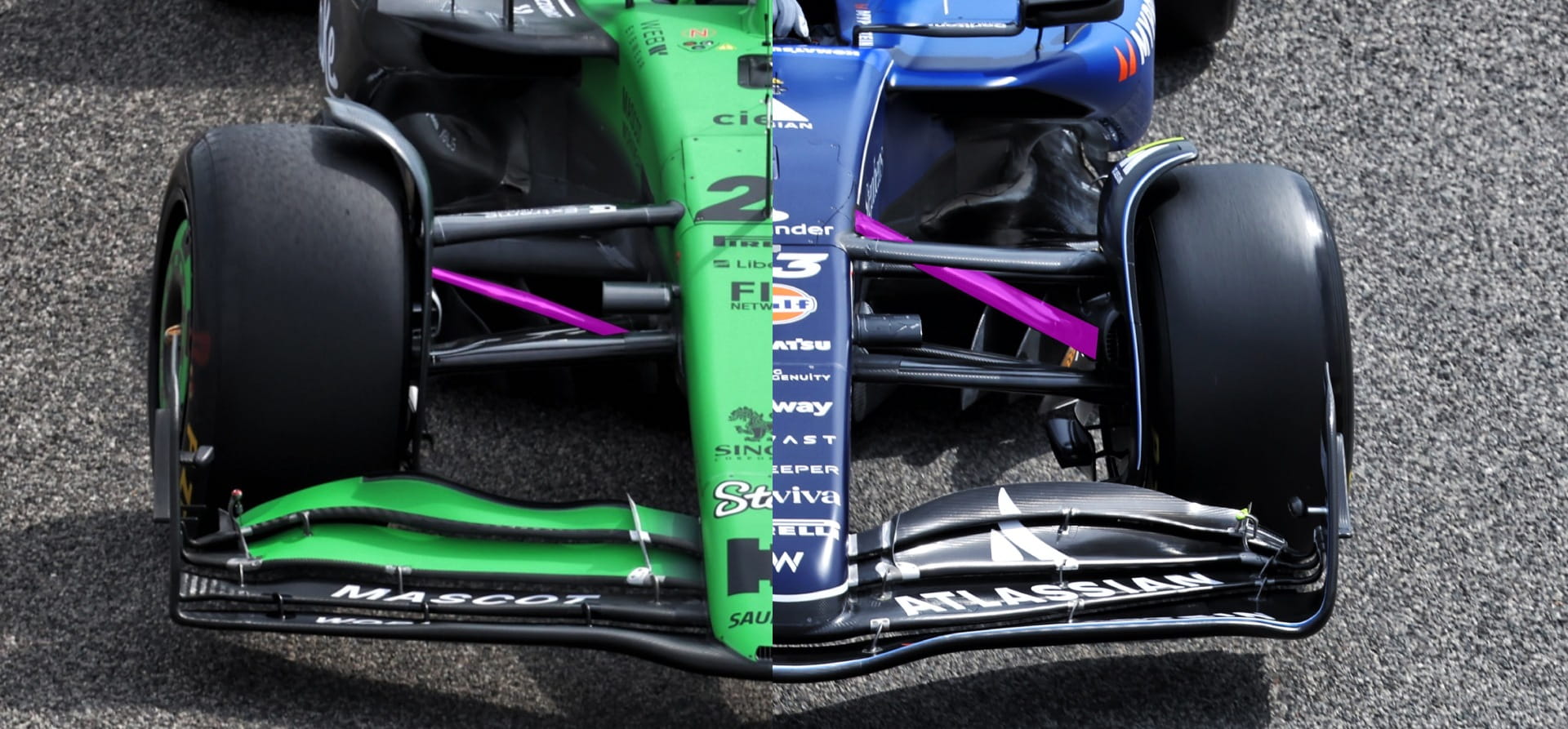Event
The Formula 1 engineer’s guide to the 2025 Chinese Grand Prix in Shanghai
by Raceteq
3min read
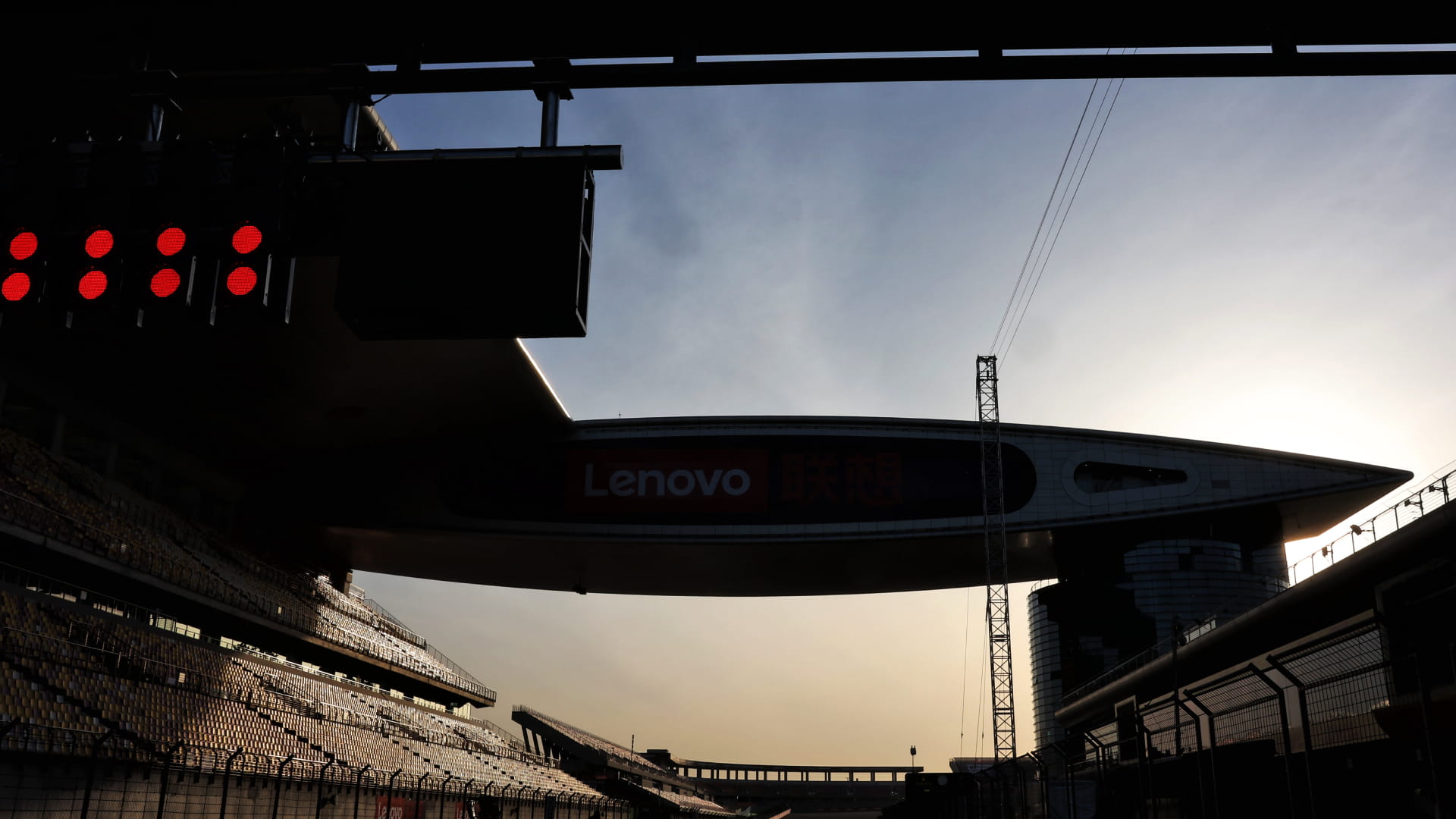
The Formula 1 field heads to Shanghai International Circuit for the 2025 Chinese Grand Prix - and this is the ultimate in-depth guide to the track from the perspective of an F1 team professional.

Sign up for a newsletter and we'll make sure you're fully up-to-date in the world of race technology
Aston Martin Aramco Formula 1 Team deputy performance director Tim Wright has given Raceteq the F1 engineer’s guide to every circuit on the 2025 F1, Formula 2 and Formula 3 calendar by focusing on the technical and set-up demands of each track.
Shanghai hosts the first sprint event of 2025 and the track has been resurfaced, which provides another challenge for the teams and drivers.
Scroll down for our guide to this year's race.
Shanghai International Circuit, Shanghai, China
Length: 5.451 kilometres
Number of laps: 56
Number of turns: 16
Tim Wright, Aston Martin Aramco Formula 1 Team deputy performance director: “Shanghai is a really good circuit. It’s not got a lot of elevation - it’s pretty flat - but cornering speeds are a big thing for engineering departments as they define how we need to set the car up.
“The car is super sensitive to factors such as ride height and balance, and Shanghai has a really good range of corners that test that. While Melbourne has very few high-speed corners - it’s mostly got low-speed and medium-speed corners - Shanghai has more high-speed corners. That’s really important as a test of the car’s performance.
“It’s relatively easy to set the car up for Azerbaijan, or Monaco, because you’re working in this small window. Cornering speeds are similar across the laps there or, in Azerbaijan, drag is a dominant factor.
“But it’s really difficult to set the car up for a circuit like Suzuka, Silverstone, Spa-Francorchamps, and Shanghai. These are circuits where you've got really important low-speed sections, really important high-speed sections. And to make matters worse, you can’t stick the biggest rear wing on the car either, like you can do at Budapest, Monaco, or Singapore.
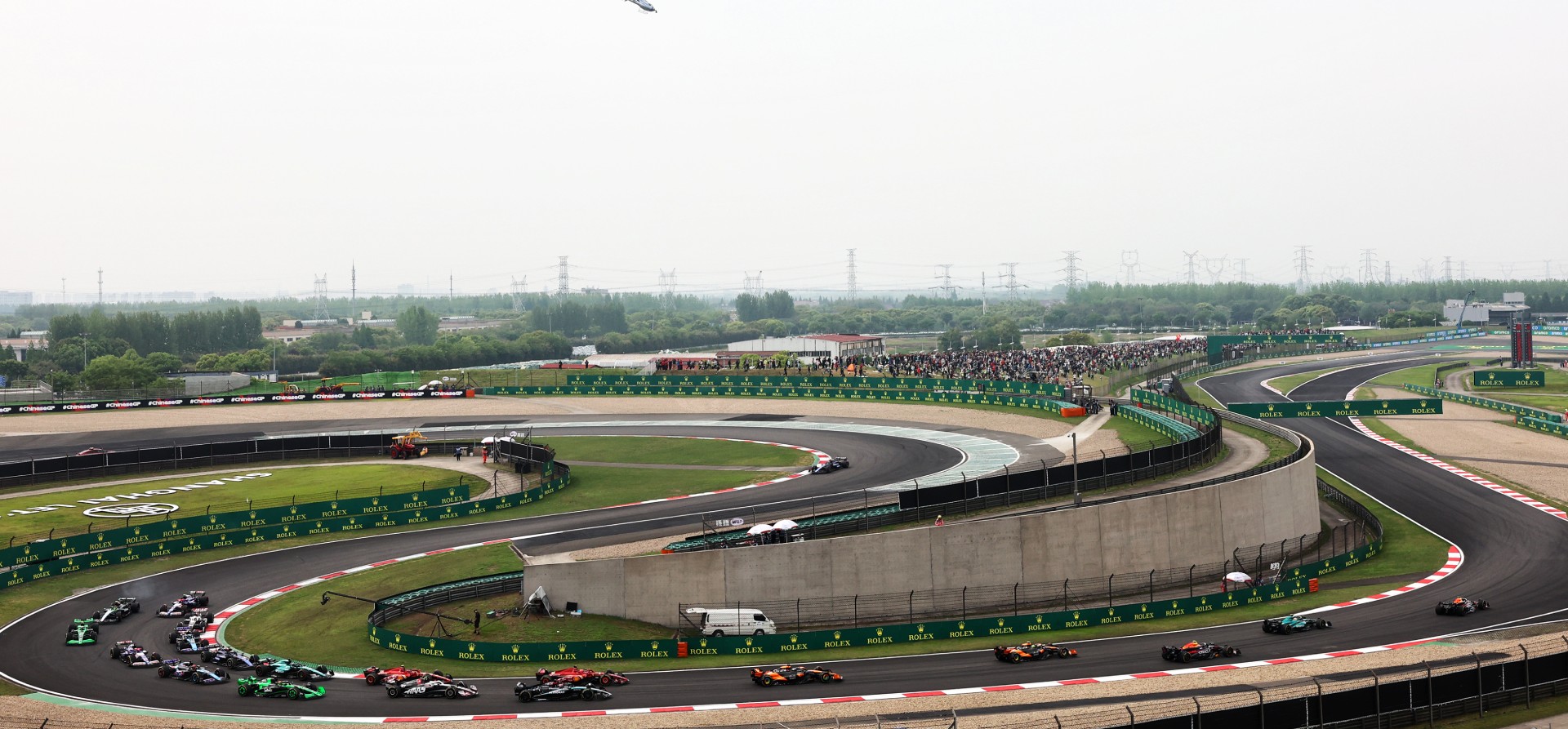
The start of the 2024 Chinese Grand Prix where Max Verstappen led the field through the long bends of Turn 1 and 2
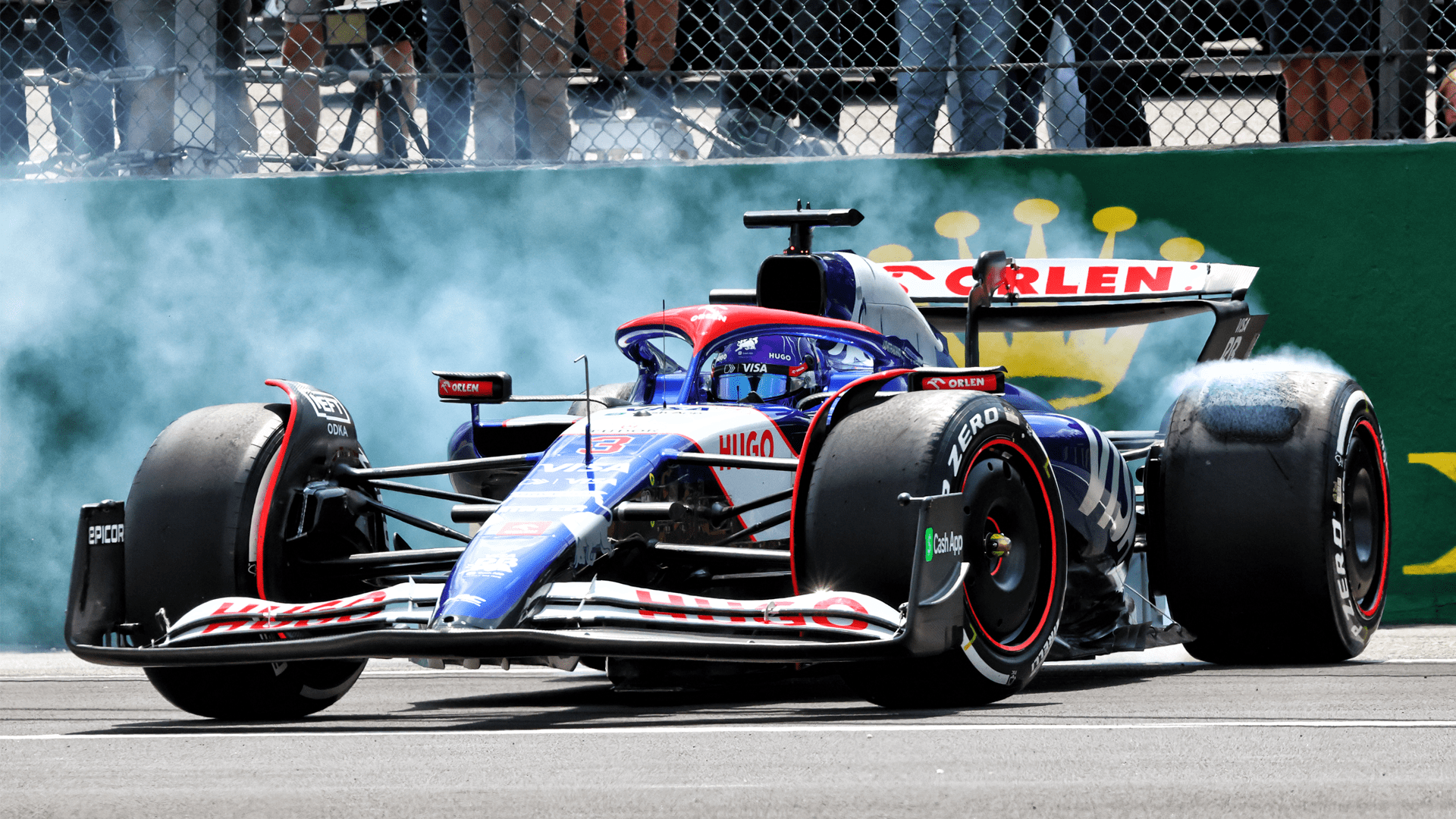
.jpg?cx=0.5&cy=0.5)
